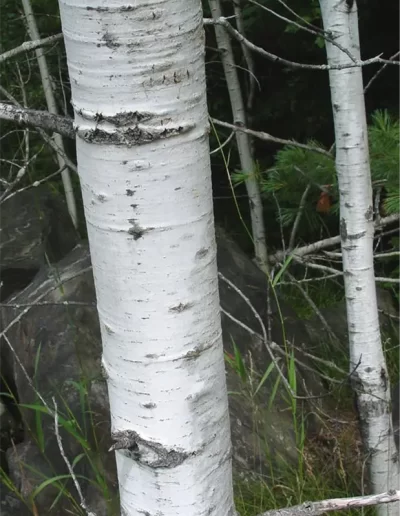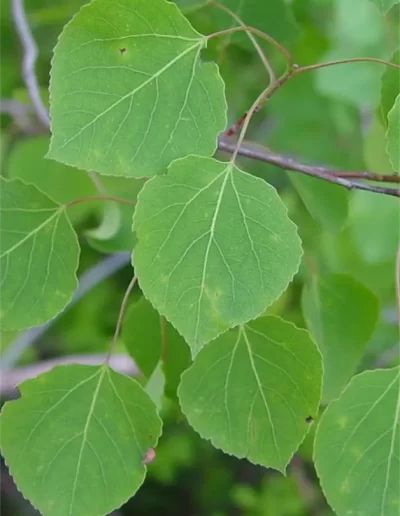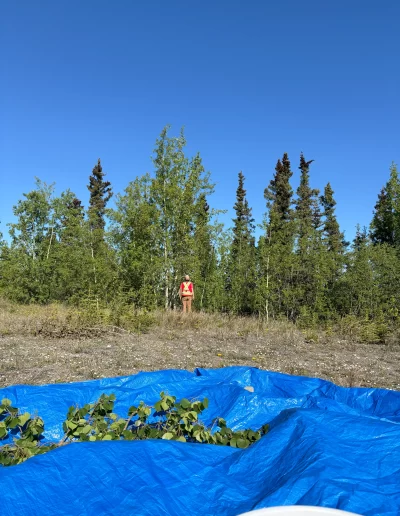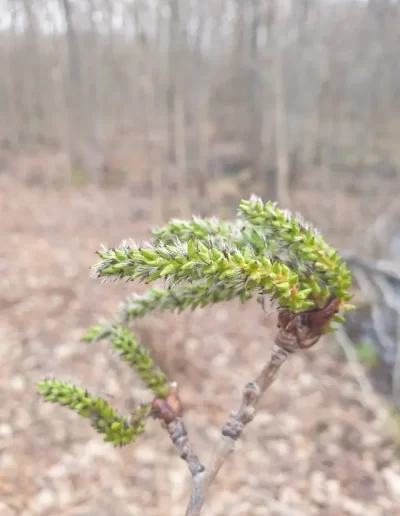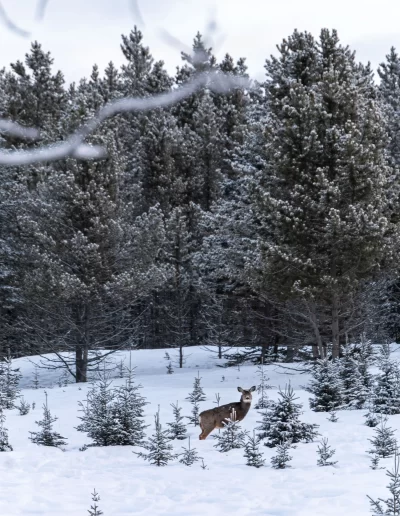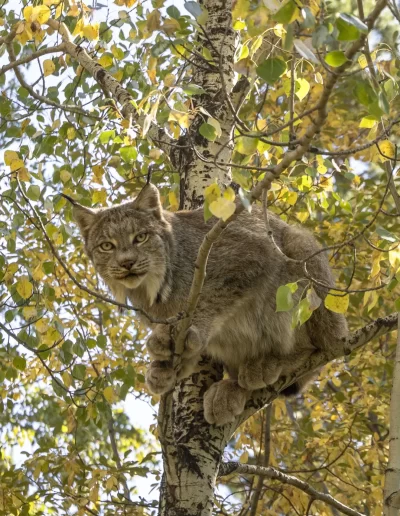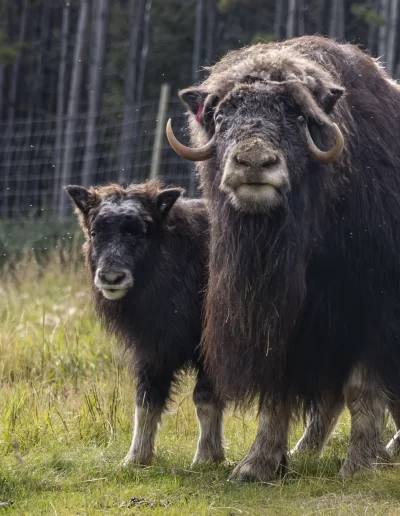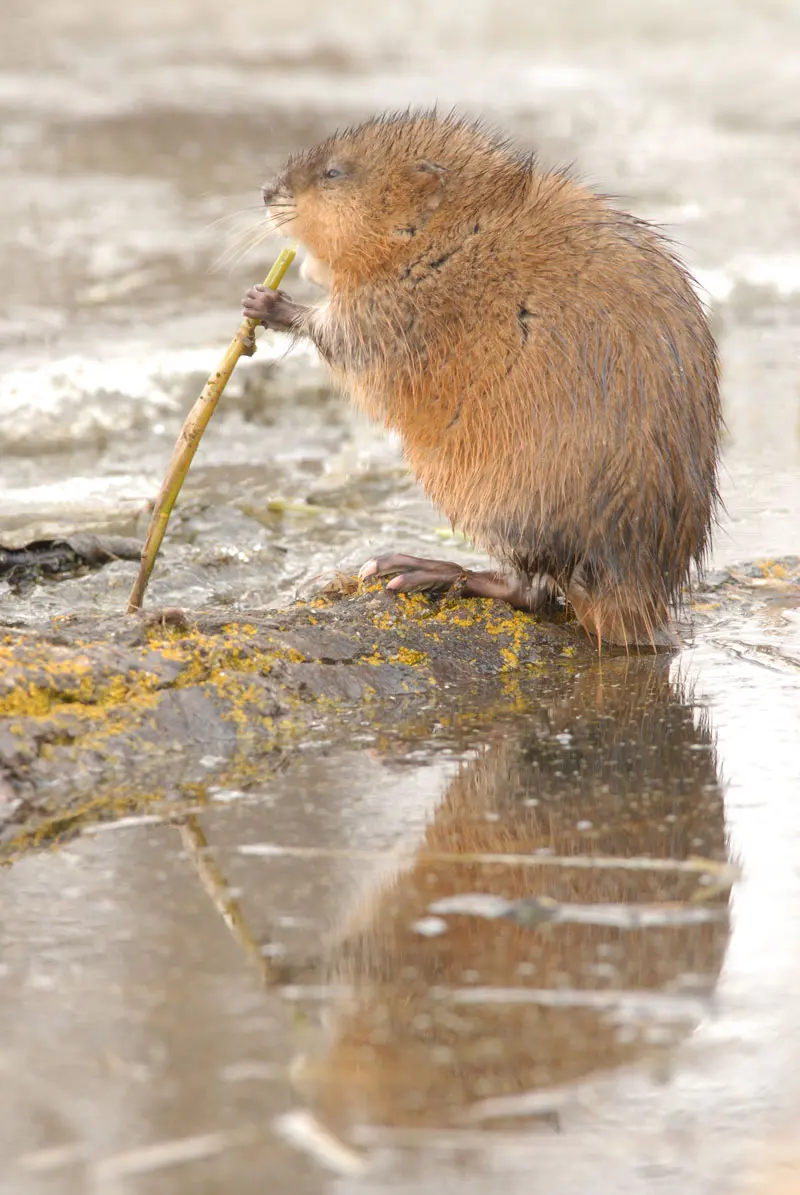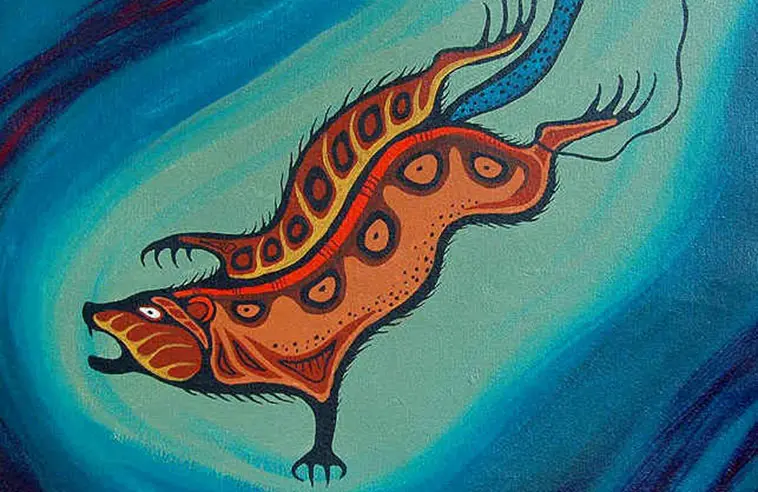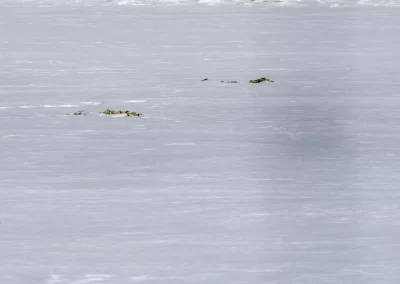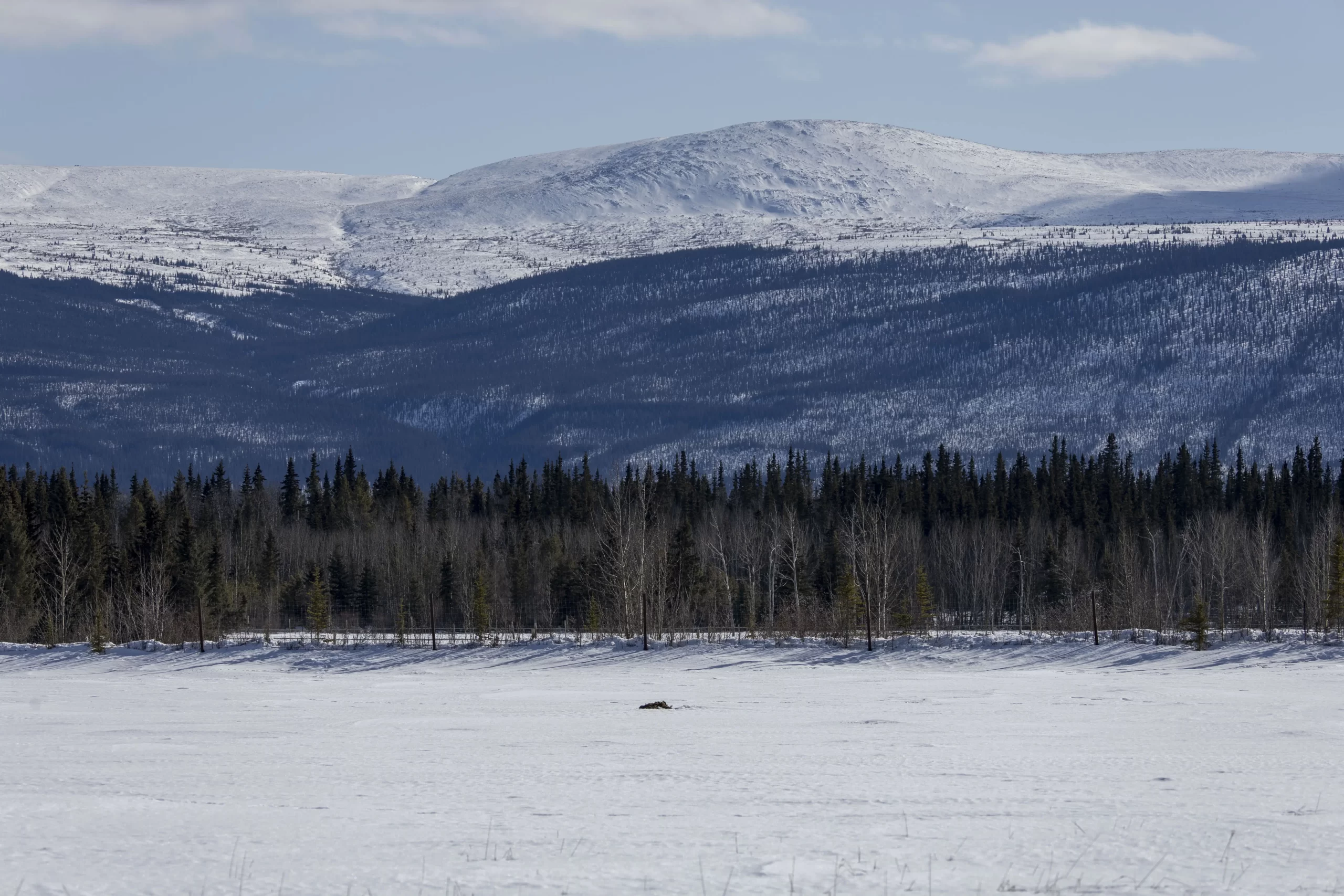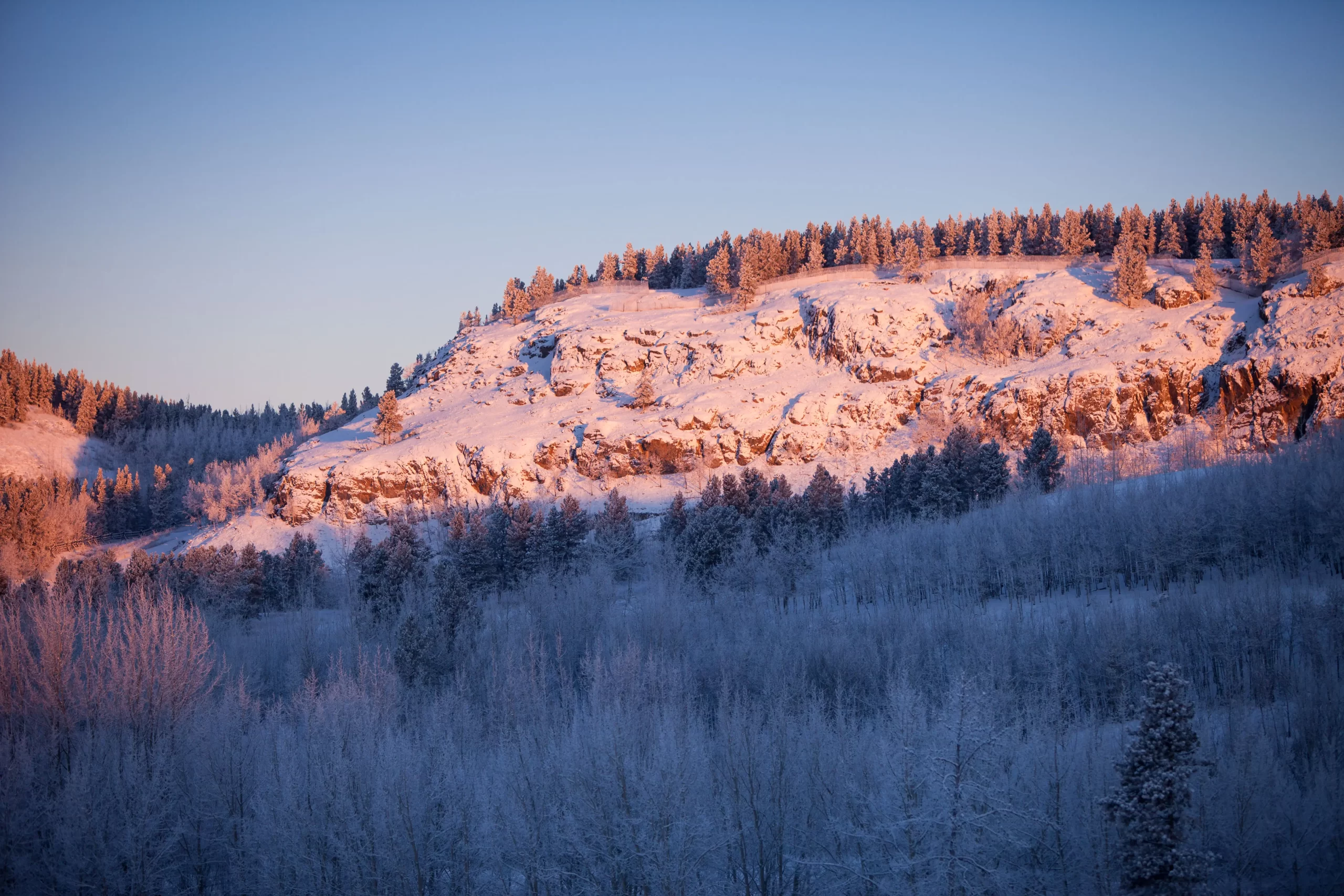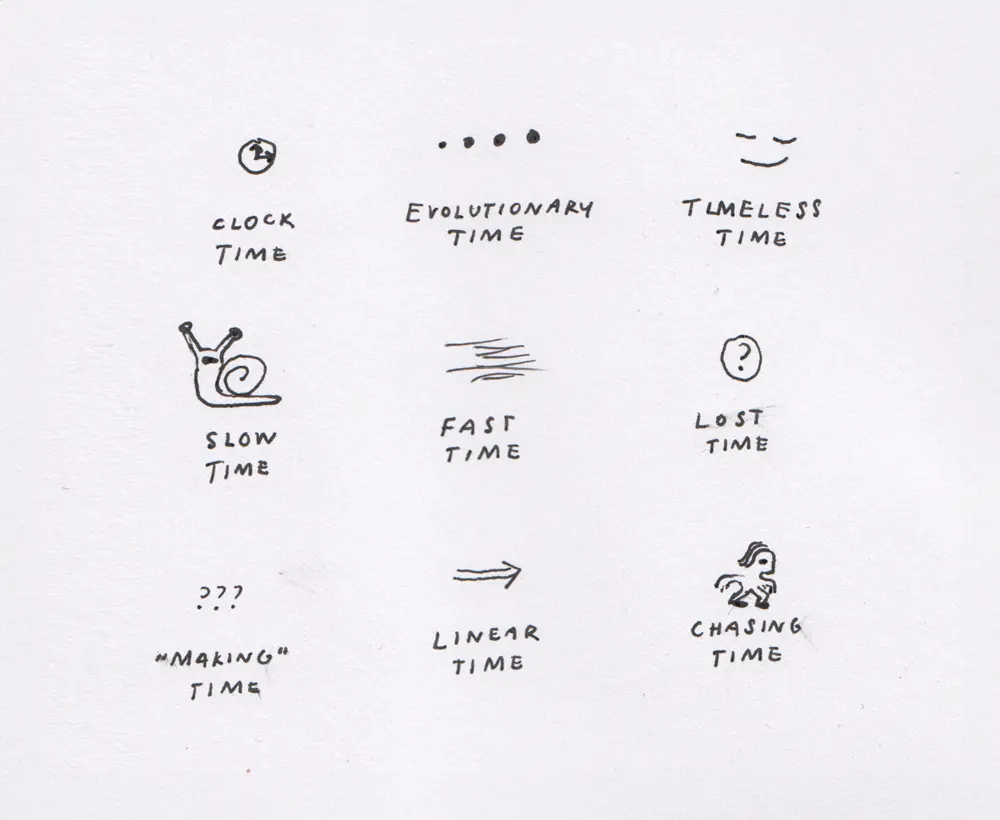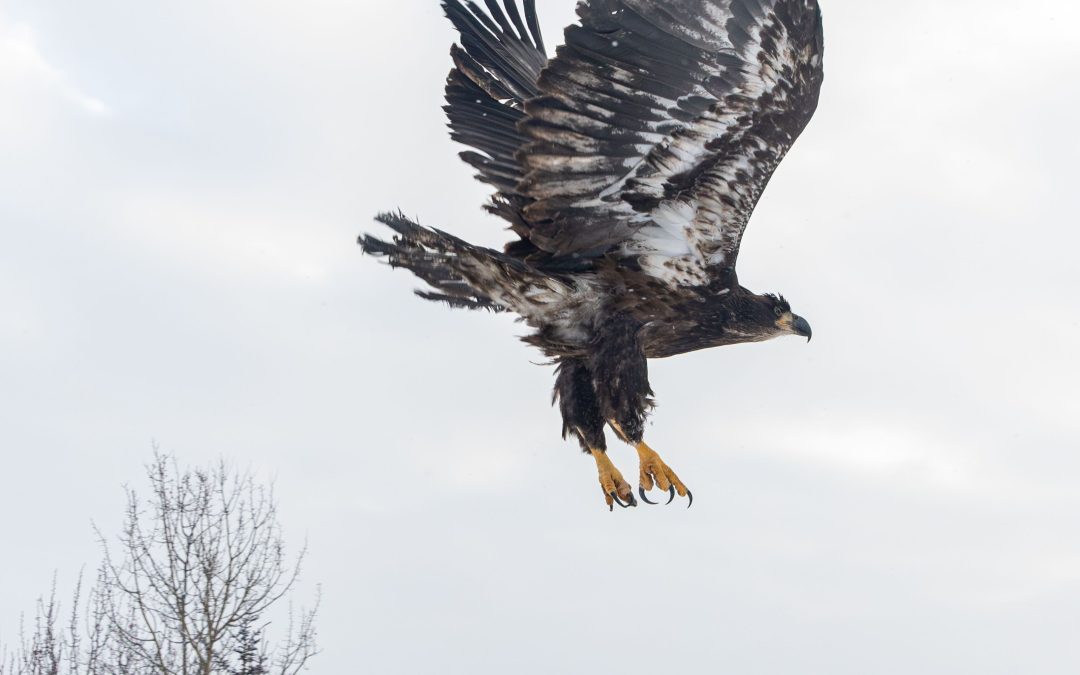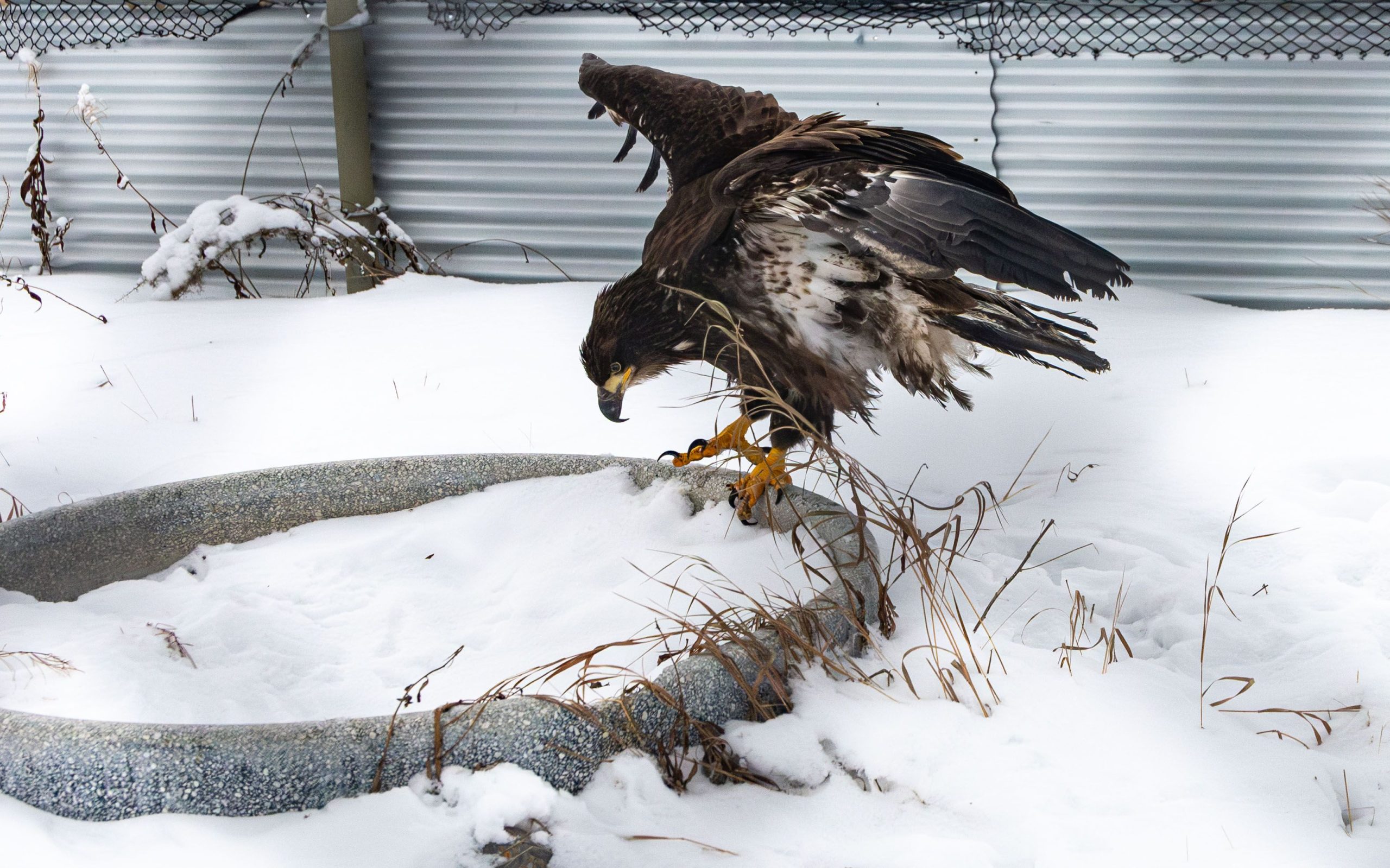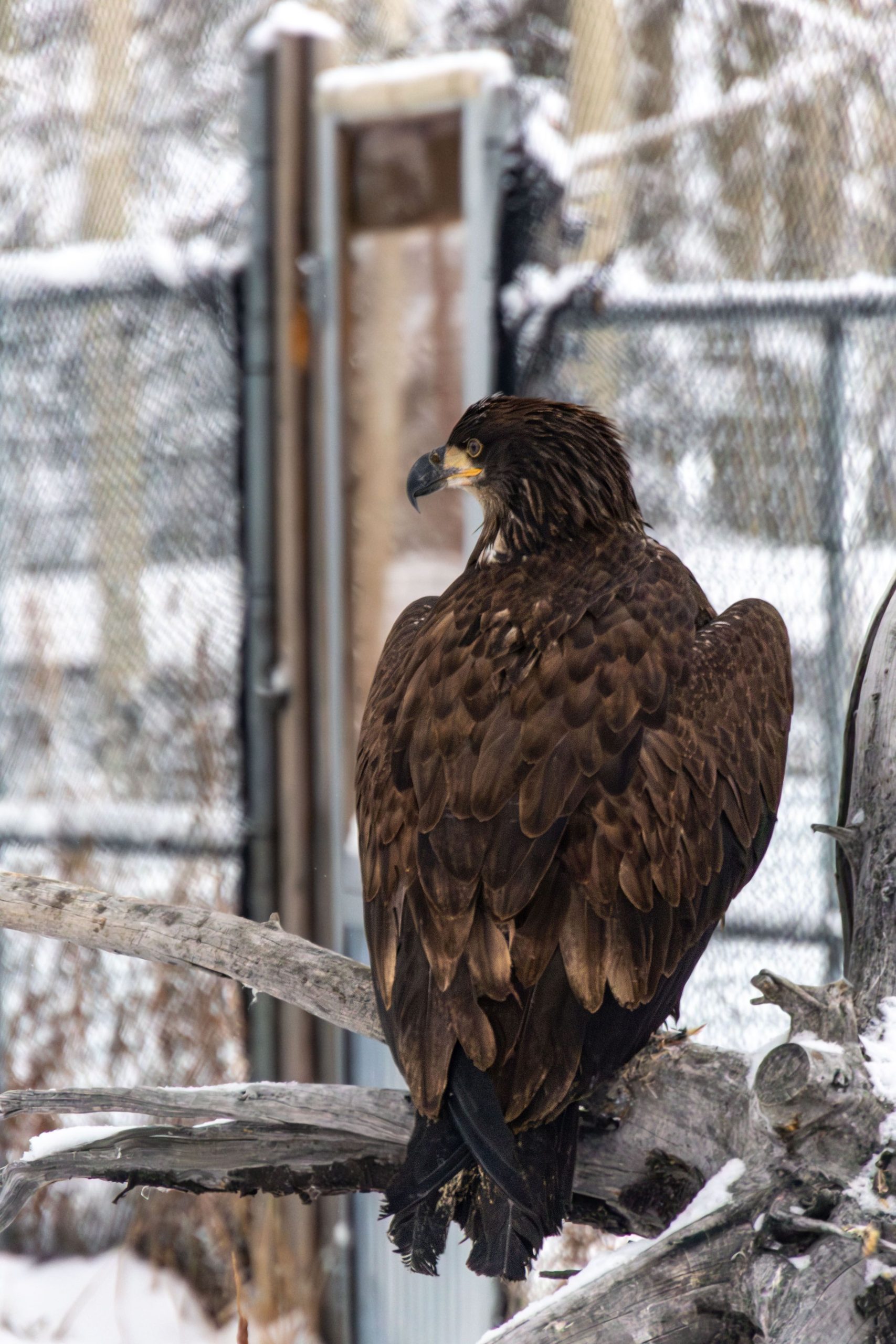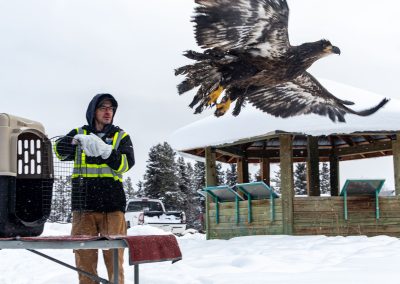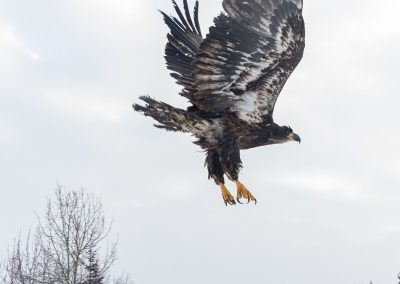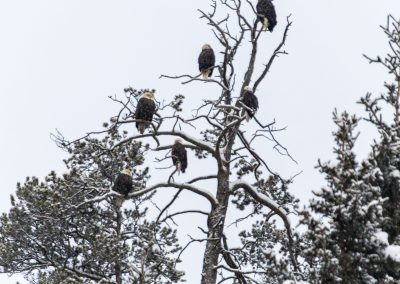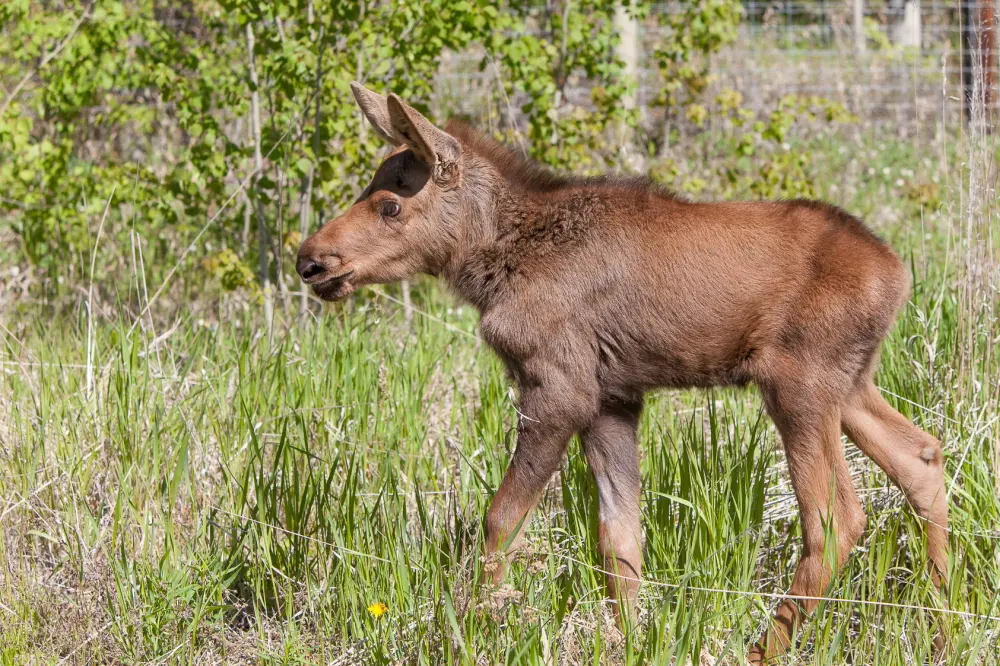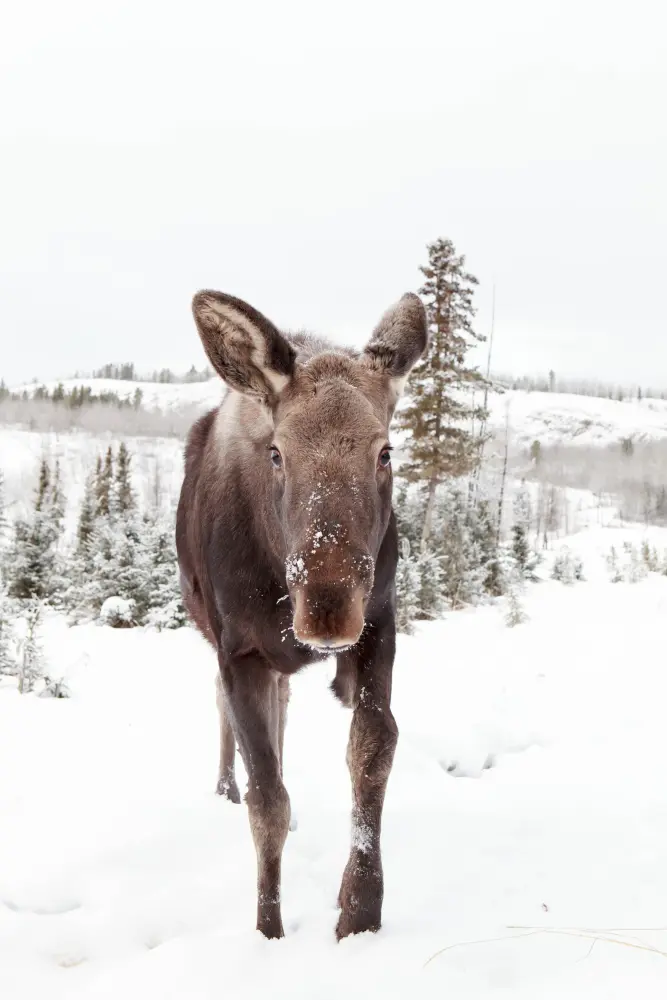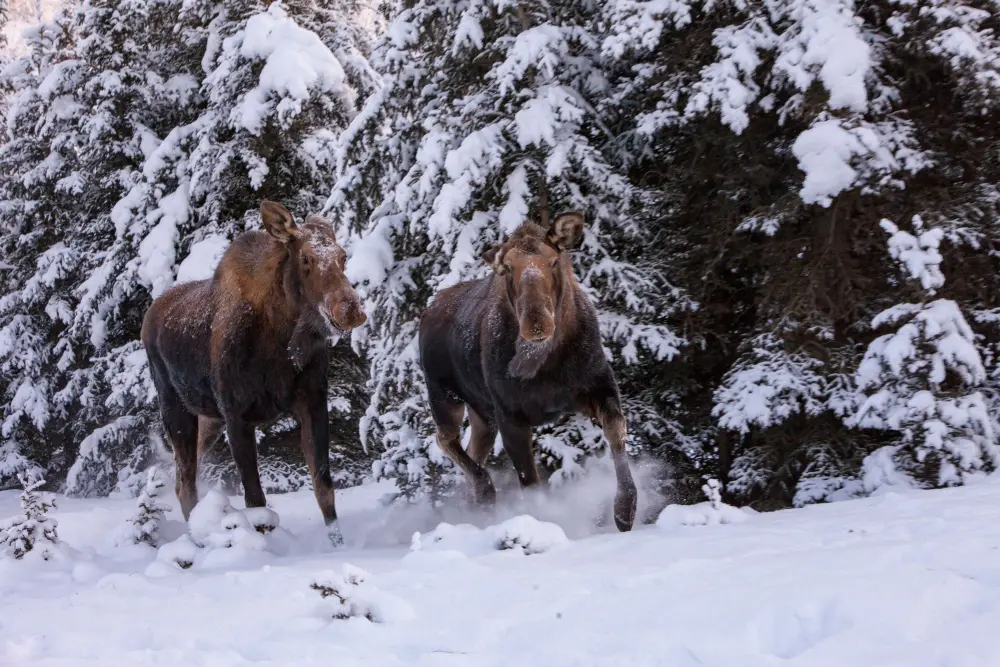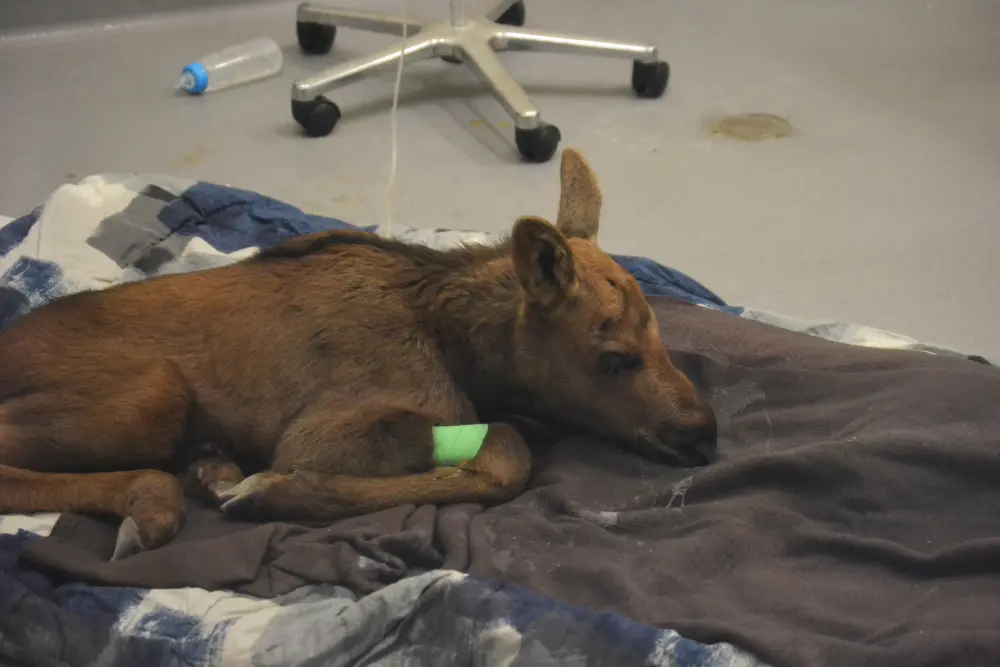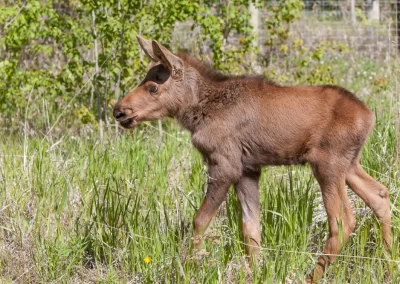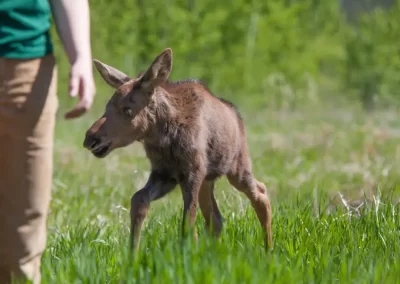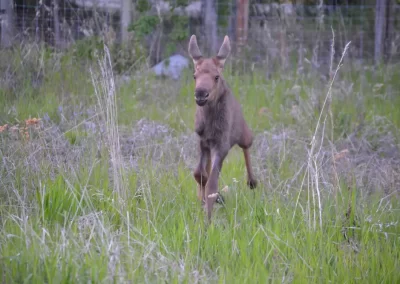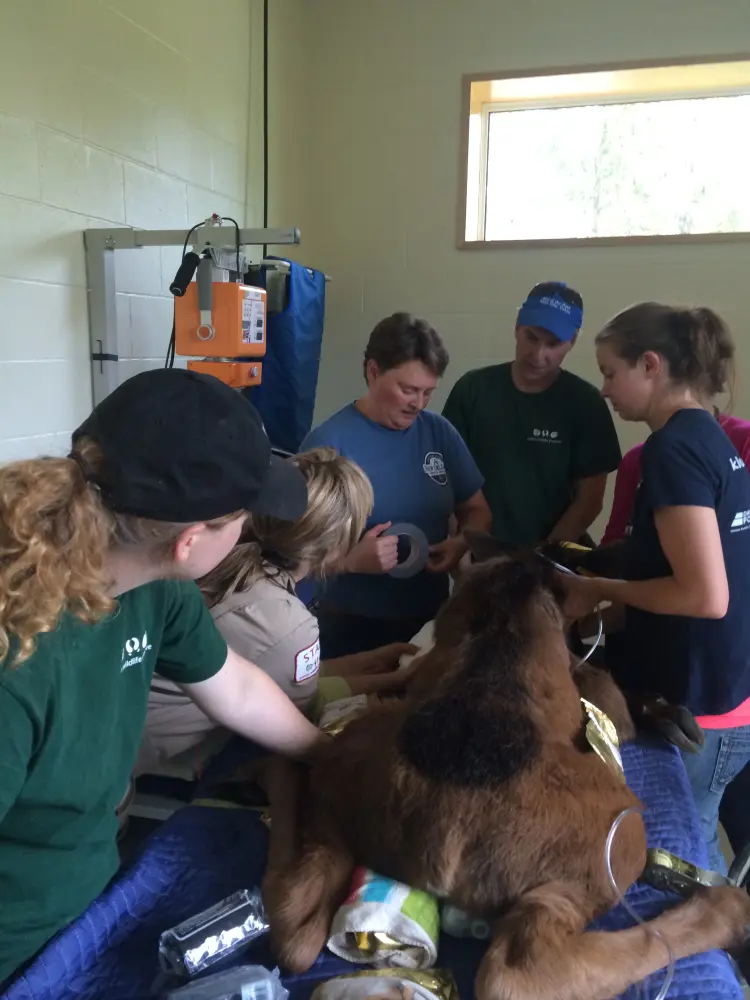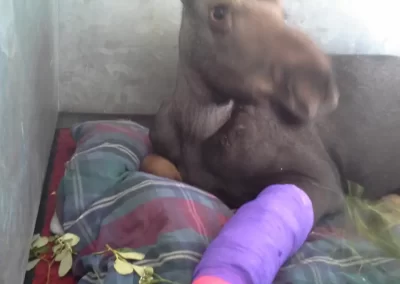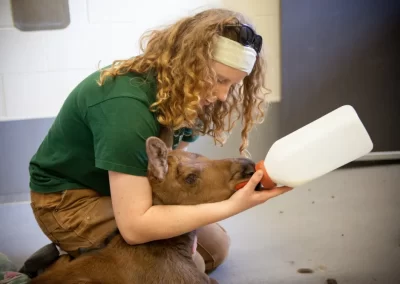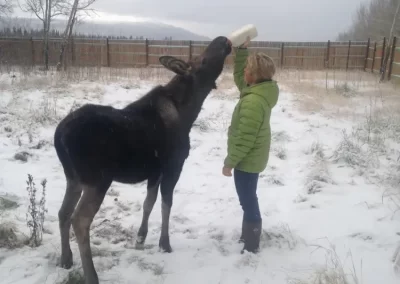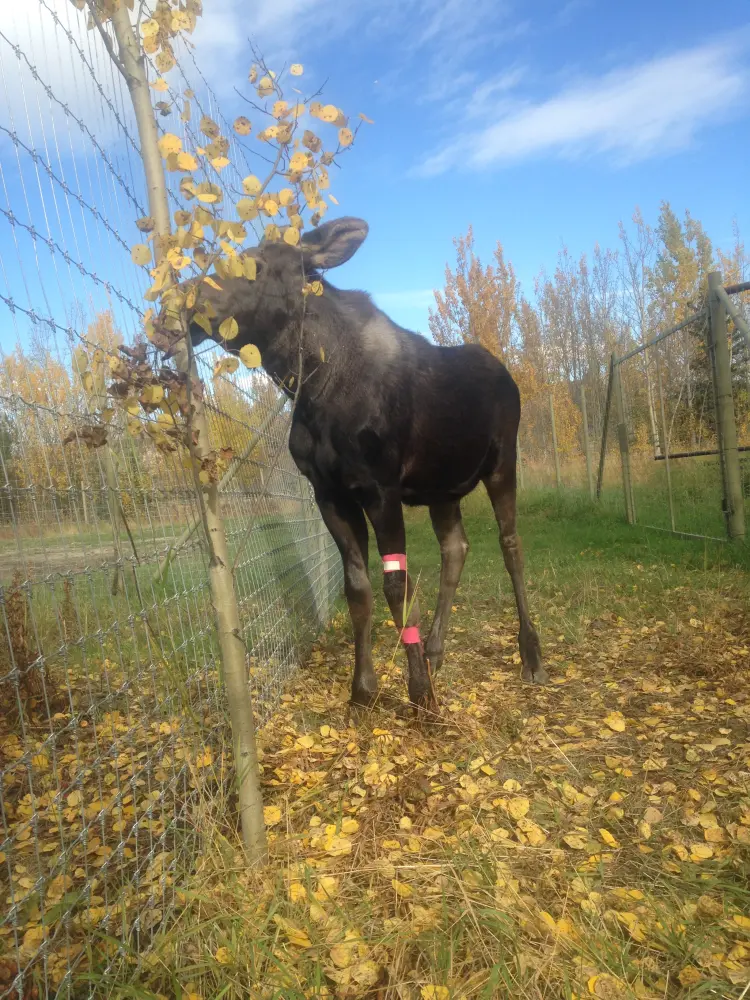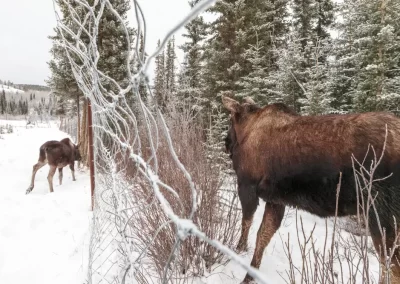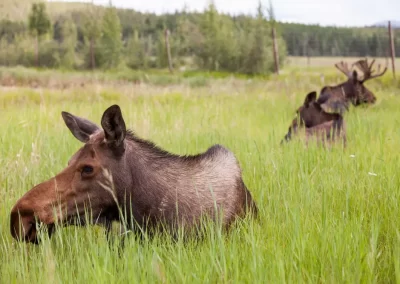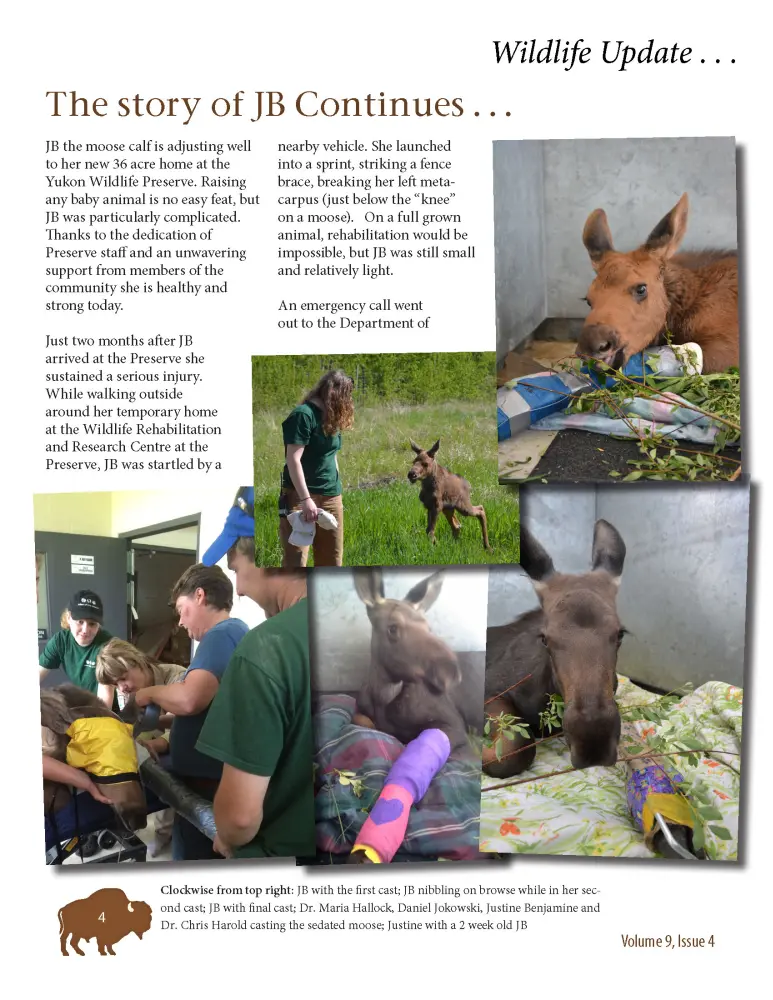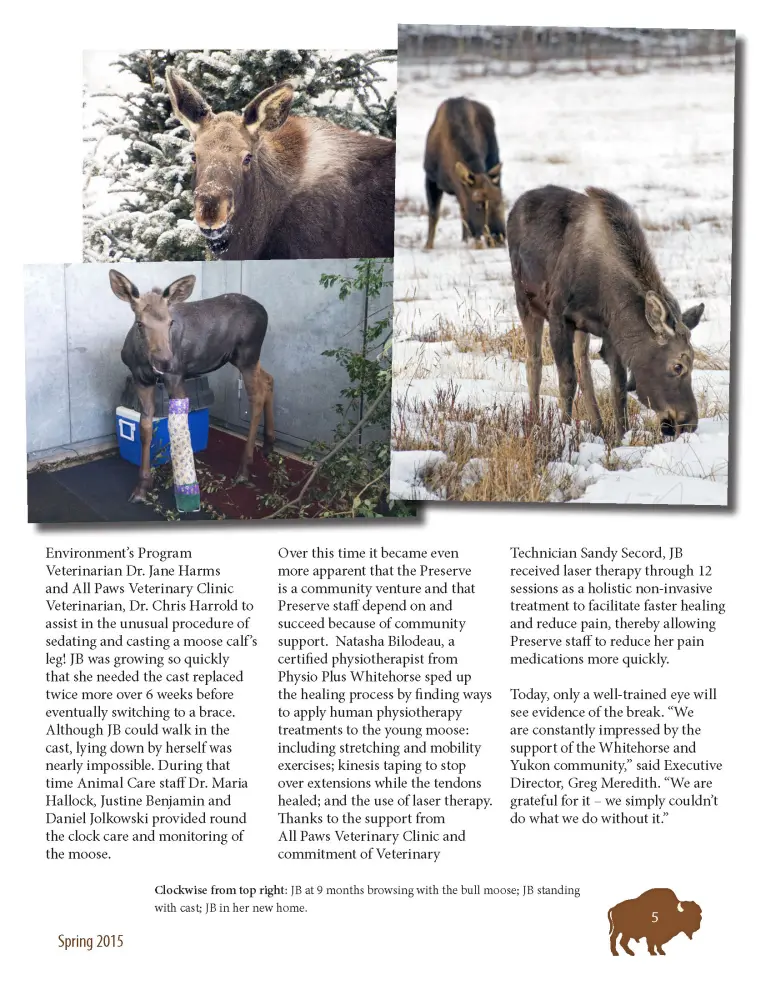
Aspen Seeds Needed
Aspen Seeds Needed
5 minute read –
Beginning this spring and continuing over the next three years, Yukon Seed and Restoration in partnership with Yukon Government’s Wildland Fire Management Branch will collect 6,000 g of native Trembling aspen (Populus tremuloides) seed to use in projects throughout the territory for its fire resistant characteristics. This will include planting in the Whitehorse south fuel break, a 365 hectare fuel break being built to protect the city in case of a severe wildfire.
The Yukon climate is characterized by a short growing season, cold temperatures, and limited water availability. These specific environmental conditions require Yukon native seeds to be used in this project to give the trees the best chance at survival.

Have a favourite trembling aspen stand? Let us know on iNaturalist! Photo credit: Sophia Slater, YSR.
We are aiming to collect aspen seed from the Southern Lakes and Yukon Plateau North/Central ecoregions, but are interested in populations all over the territory.
Who Are We?
Yukon Seed and Restoration, or YSR, is a plant focused environmental consulting company majority owned by the Na-Cho Nyäk Dun Development Corporation. We provide ecological restoration through land reclamation projects, honourable harvesting of Yukon native plant species, and invasive species management.
We strive to make the land good through our work with First Nation, industry, and government clients.

(Some of) our team. Photo Credit: Ainsley Taggett, YSR
One of the ways we support ongoing restoration work across the Yukon is through the Yukon Native Seed Bank and our Hudzi ni plant processing facility. We aim replace non-native seeds used on restoration projects with Yukon native seed that is better suited to our northern climate. We also develop workshops and programming to build capacity throughout the Yukon.
Aspen Identification
Trembling aspen is a deciduous tree that grows up to 20 m tall. They are a clonal species that reproduce by sending out shoots along their lateral roots. In a small area, most likely all individual aspen stems are genetically the same. They are dioecious, meaning that individuals are either male or female, and the female trees produce the seeds.
Trembling aspen have smooth greenish-white, sometimes powdery, bark with black markings. The bark does not peel like on birch trees. The leaves are smooth and round with a nearly flat base and a pointed tip. They shake or tremble in the wind, giving the tree its name.
Trembling aspen bark (left), leaves (middle), and stand (right). Photo credits: YSR (left, middle), Ainsley Taggett, YSR (right).
On average, male trees flower in late April, and females in early May. Identifying flowering populations helps us to prepare for seed collection. Flowering male catkins are 2.5-7 cm long and red with white fluff, whereas flowering female catkins are 2-5 cm long and less conspicuous than their male counterparts.
Flowering male catkin (left) and flowering female catkin (right). Photo credits: iNaturalist (left), Hilary Lefort, YSR (right).
Aspen seed collection is a very time sensitive task. Later in May, female catkins turn green and lengthen. Eventually the seed pods open, releasing the white, fluffy seeds. Once the aspen seeds start to fluff out, it may only be 48-72 hours before the entire seed crop has dispersed. Usually this falls around the end of May or beginning of June, so beginning in mid-May we check on stands frequently to assess the seed crop, looking at the fruiting female catkins and breaking them open to see the seed inside.
We aim to collect the female catkins when they are green (left), just before the seeds are released. We can confirm their readiness by looking at the seed: yellowy seed (middle) is immature, and brown seed (right) is mature. Photo credits: iNaturalist (left), Moench (middle, right).
Aspens and Fire
Wildfire plays a critical role in Yukon ecosystems and has been used traditionally by Yukon First Nations to manage forests. However, due to a history of fire suppression and an increase in temperatures caused by climate change, fires are becoming more frequent and more severe in the territory.

The Ethel Lake burn near Mayo/Stewart Crossing. Photo credit: Naomi Butterfield, YSR.
Conifer trees like white spruce and lodgepole pine pose a greater risk than deciduous trees in wildfires, because of their flammable bark, relatively high density, and buildup of ground and ladder fuels. Deciduous trees like trembling aspen are relatively fire resistant due to their higher moisture content, lower density, limited ladder fuels, and shading of the understory, which protects it from moisture loss. Additionally, trembling aspen grows quickly in burned soil.
How Can You Help?
This scale of project will require many aspen populations. Over the next three years, if you see aspen populations with lots of trees, and specifically with female flowers/catkins (see Aspen Identification), let us know!
Join our iNaturalist platform to tag populations of reproductive aspens and contribute to the reforestation of the fuel break. Email photos and locations to us at matthew@yukonseed.ca.
If you are interested in helping out with collections, we are looking for casual labour and volunteers at the end of May and June. Stay tuned to our Facebook for seed collection dates. Contact matthew@yukonseed.ca for more information or to get involved.
References
Government of Alberta. 3 August 2012. How different tree species impact the spread of wildfire. Government of Alberta. Available from: https://www1.agric.gov.ab.ca/$department/deptdocs.nsf/all/formain15744/$FILE/tree-species-impact-wildfire-aug03-2012.pdf
Mackinnon A, Pojar J, Coupé J. 2021. Plants of Northern British Columbia, Expanded Second Edition.
Moench RD. Aspen Seed Collection. Part of Nursery Information Series. For Colorado State Forest Service.
Shinneman DJ, Baker WL, Rogers PC, Kulakowski D. 2013. Fire regimes of quaking aspen in the Mountain West. Forest Ecology and Management, 299: 22-34.

Sophia Slater
Intermediate Restoration Ecologist
Sophia was one of the Interpretive Wildlife Guides and animal care assistants at the Preserve. She moved to the Yukon from Ontario, where she just graduated with a Bachelor of Science in Biology from Nipissing University. Now you can find her at Yukon Seed and Restoration as an Intermediate Restoration Ecologist or summiting the many beautiful mountains in the Yukon this summer!

